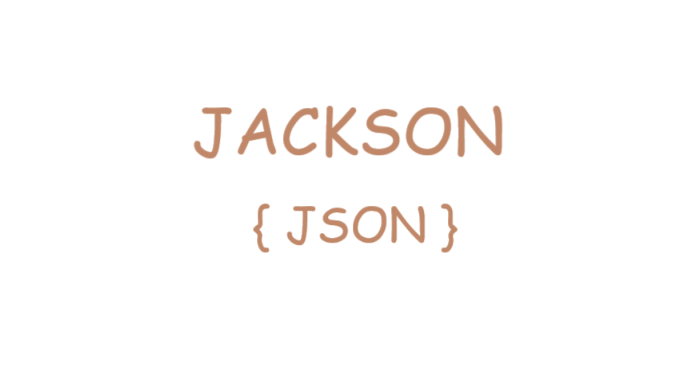Understanding Basics of Jackson JSON Parser

Jackson is a popular open-source Java library for working with JSON data. It provides powerful capabilities to serialize Java objects into JSON and deserialize JSON back into Java objects. In this article, we'll explore the basics of using Jackson for JSON processing in Java applications.
Adding Jackson to Your Project
To use Jackson in your Java project, you need to add the appropriate dependencies. If you are using Apache Maven, include the following dependency in your pom.xml file:
If you are using Gradle, add this to your build.gradle file:
Let's have a Person class representing a person with name and age:
Serialization: Converting Java Objects to JSON
Create an object of Person and set values to the fields. Serialize it using ObjectMapper function.
The above function will serialize the object as JSON string
Deserialization: Converting JSON to Java Objects
Deserialization is a reverse process of serialization. In this we will convert JSON string back to object.
Customizing Serialization and Deserialization
Jackson provides annotations to customize the serialization and deserialization process. For example, you can use @JsonProperty to specify the JSON property name, @JsonFormat to define the format for dates, and more.
Suppose we want to change the JSON property name for the name field:
With this change, when we serialize a Person object, the JSON will have "full_name" instead of "name".
Conclusion
Jackson is a powerful Java library for JSON processing, providing easy-to-use APIs for both serialization and deserialization of Java objects. We covered how to add Jackson to your project, serialize Java objects to JSON, and deserialize JSON into Java objects in this article.
By leveraging Jackson, Java developers can easily work with JSON data in their applications, making it an essential tool for handling RESTful web services, working with APIs, and data interchange. Explore the official Jackson documentation for more advanced features and examples.










